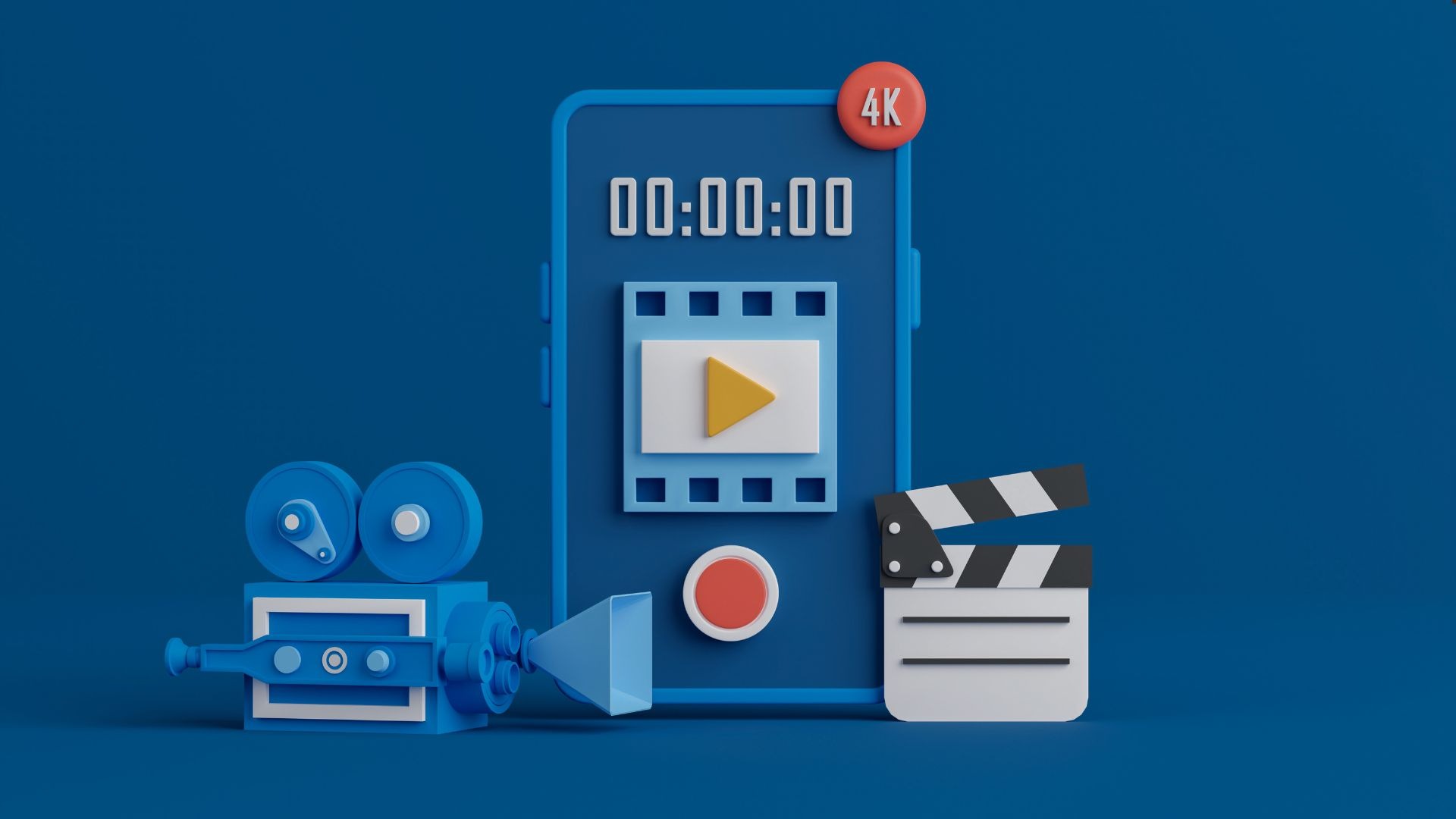How to Repurpose Long-Form Video Content into Short-Form Clips: A 2025 Guide
Updated on
Published on

Content creators face an impossible challenge in 2025. Social media platforms demand fresh video content daily, yet producing original videos for every platform drains time and budgets. The solution lies in content repurposing, where a single long-form video becomes dozens of short clips using an video editor online free tool. This strategic approach transforms webinars, podcasts, and tutorials into platform-specific content without starting from scratch.

Why Video Repurposing is Critical in 2025
Video content dominates internet traffic, accounting for 82% of all consumer consumption in 2025. Marketing teams struggle to keep pace with this demand while maintaining quality standards across multiple platforms.
Short-form video delivers the highest return on investment among all content formats. Research indicates that 39% of video marketers report short-form content generates superior ROI compared to other video types. Platforms like TikTok, Instagram Reels, YouTube Shorts, and LinkedIn prioritize video content in their algorithms, making consistent posting essential for visibility.
The financial argument for repurposing proves compelling. Creating one high-quality long-form video costs significantly less than producing 20 separate short videos. Content atomization allows marketers to extract maximum value from existing assets while meeting platform-specific requirements efficiently.
Understanding the Content Atomization Strategy
Content atomization refers to breaking down one piece of content into multiple smaller assets tailored for different platforms and audiences. This strategy emerged as platforms began prioritizing similar video formats, creating opportunities for efficient content distribution.
The process focuses on identifying reusable moments within long-form content. Each webinar, podcast episode, or tutorial contains multiple quotable segments, emotional peaks, and educational nuggets. These moments become standalone pieces that serve specific marketing objectives across different channels.
Successful atomization requires understanding platform-specific audience behaviors. TikTok users expect entertainment and quick insights, LinkedIn audiences prefer professional development content, and Instagram Reels viewers seek visually engaging stories. The same source material adapts to these preferences through strategic editing and framing.
Step-by-Step Process for Video Repurposing
Identify Your Best Content
Begin by analyzing existing long-form content performance metrics. Review watch time data, audience retention graphs, and engagement rates to pinpoint high-performing videos. Look for moments where retention spikes or comments concentrate, indicating valuable content worth repurposing.
Consider these selection criteria:
- Videos with average watch times exceeding 50% of total duration
- Content featuring controversial or surprising statements that sparked discussion
- Tutorial segments solving specific problems viewers frequently mention
- Interview moments containing quotable expert insights
Extract Key Moments
Scan through selected videos to identify segments suitable for standalone clips. Focus on moments lasting 15 to 90 seconds that deliver complete ideas without requiring additional context. Mark timestamps for quotable statements, visual demonstrations, and emotional reactions that capture attention.
Effective extraction targets these elements:
- Opening hooks that present problems viewers recognize immediately
- Solutions explained in simple terms without industry jargon
- Before-and-after comparisons demonstrating tangible results
- Expert tips viewers can implement within minutes
Edit for Platform Requirements
Each social platform enforces specific technical specifications and optimal content lengths. Understanding these requirements impacts content performance significantly, making adaptation essential rather than optional.
Platform specifications guide editing decisions:
- TikTok: 9:16 aspect ratio, 21-34 seconds optimal length, trending audio required
- Instagram Reels: 9:16 aspect ratio, up to 90 seconds, vertical format mandatory
- YouTube Shorts: 9:16 aspect ratio, under 60 seconds, strong opening hook essential
- LinkedIn: 1:1 or 16:9 aspect ratio, 30-90 seconds, professional context needed
Browser-based editing tools streamline the reformatting process. These platforms allow quick trimming, cropping, and resizing without software downloads. The accessibility of these tools democratizes video editing for marketers without technical expertise.
Essential Tools and Techniques
Modern video editing requires minimal technical knowledge thanks to simplified online platforms. According to Forbes, short-form video content continues capturing attention in the digital age, driving businesses to adopt accessible editing solutions. These tools provide core functionality for repurposing content effectively without extensive training or expensive software subscriptions.
Key features to utilize include:
- Trimming: Remove unnecessary segments to isolate valuable moments
- Cropping: Adjust frame composition to highlight important visual elements
- Rotating: Correct orientation for platform-specific requirements
- Resizing: Adapt aspect ratios to match platform specifications
Caption addition represents the most critical enhancement for repurposed content. Data shows 85% of Facebook video plays without sound, making captions essential for message delivery. Caption usage increased 572% between 2021 and 2025, reflecting growing awareness of accessibility and engagement benefits.
Batch processing maximizes efficiency when creating multiple clips. Edit several videos during dedicated sessions rather than sporadically throughout the week. This approach maintains consistency in style and quality across all repurposed content.

Common Mistakes to Avoid
Content repurposing failures often stem from treating all platforms identically. Posting the same clip across TikTok, Instagram, and LinkedIn ignores fundamental differences in audience expectations and consumption patterns. Each platform requires customization beyond simple aspect ratio changes.
Many creators overlook mobile optimization despite smartphones accounting for 69% of digital video consumption. Videos must display clearly on small screens with legible text and centered subjects. Test clips on mobile devices before publishing to ensure optimal viewing experiences.
Neglecting captions remains a widespread error that limits reach and engagement. Even viewers who can hear audio often watch in situations where sound proves impractical. Adding captions ensures message delivery regardless of viewing circumstances.
Key Takeaways for Successful Video Repurposing
Video repurposing transforms content creation from an endless treadmill into a strategic system. One well-produced long-form video generates weeks of short-form content when approached systematically. Research from Cisco confirms that video traffic accounts for the majority of internet consumption, validating the importance of efficient video strategies. This efficiency allows marketing teams to maintain consistent platform presence without proportional resource increases.
Focus on these essential practices:
- Start with high-performing long-form content to ensure clip quality
- Customize each clip for specific platform requirements and audience expectations
- Add captions to every video to maximize accessibility and engagement
- Batch process multiple clips in single editing sessions for consistency
The barrier to entry continues falling as editing tools become more accessible. Teams no longer need expensive software or specialized skills to execute professional video strategies. Simple online platforms provide sufficient functionality for most repurposing needs.
Success requires viewing existing content as raw material rather than finished products. Each webinar, podcast, and tutorial contains dozens of potential short-form clips waiting for extraction. This mindset shift multiplies content value while reducing production pressure on creative teams.







